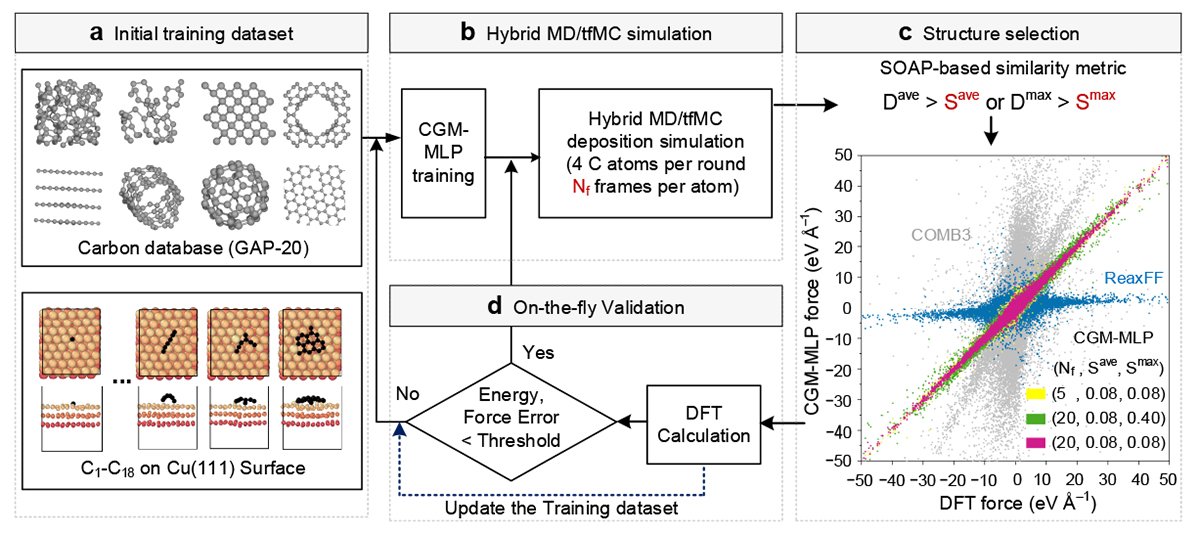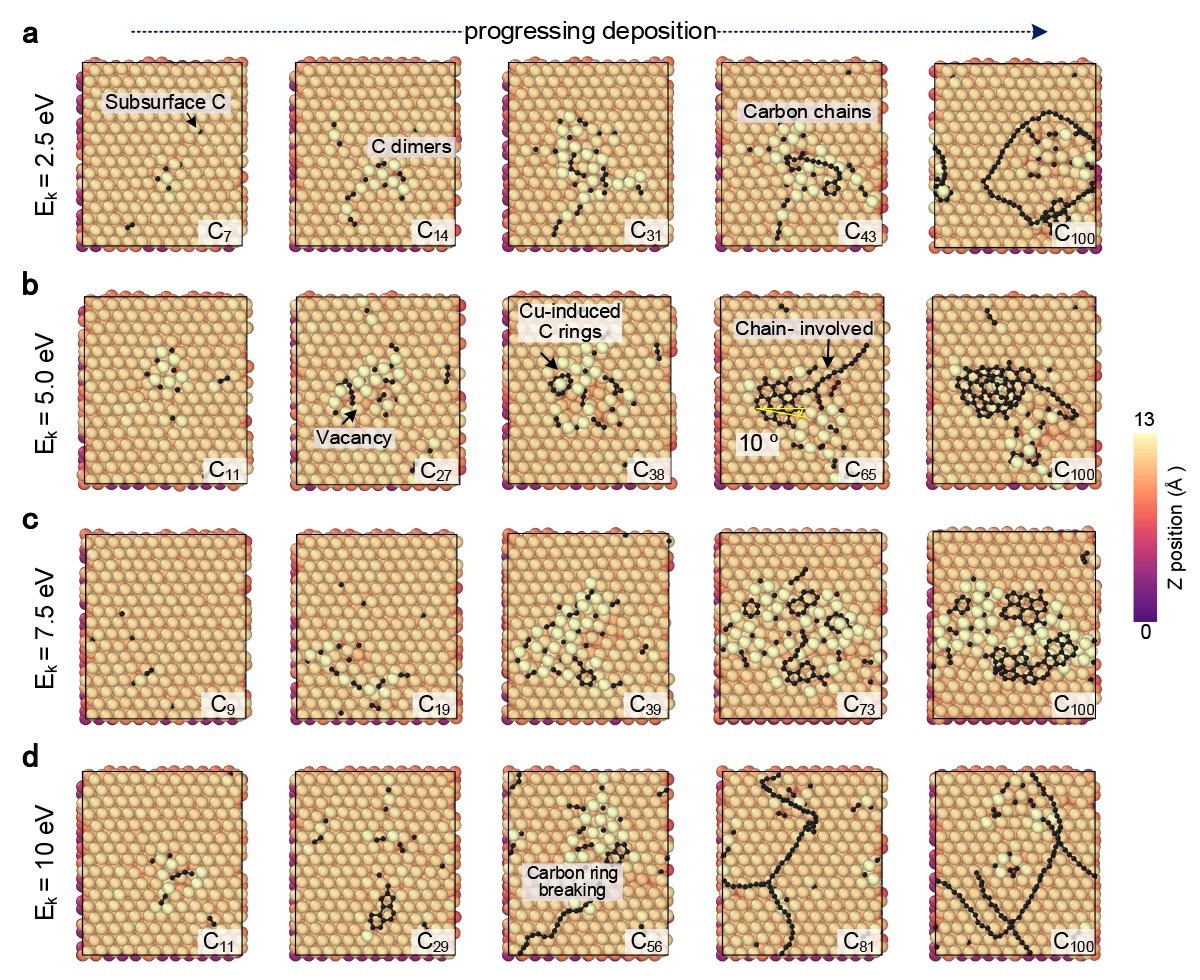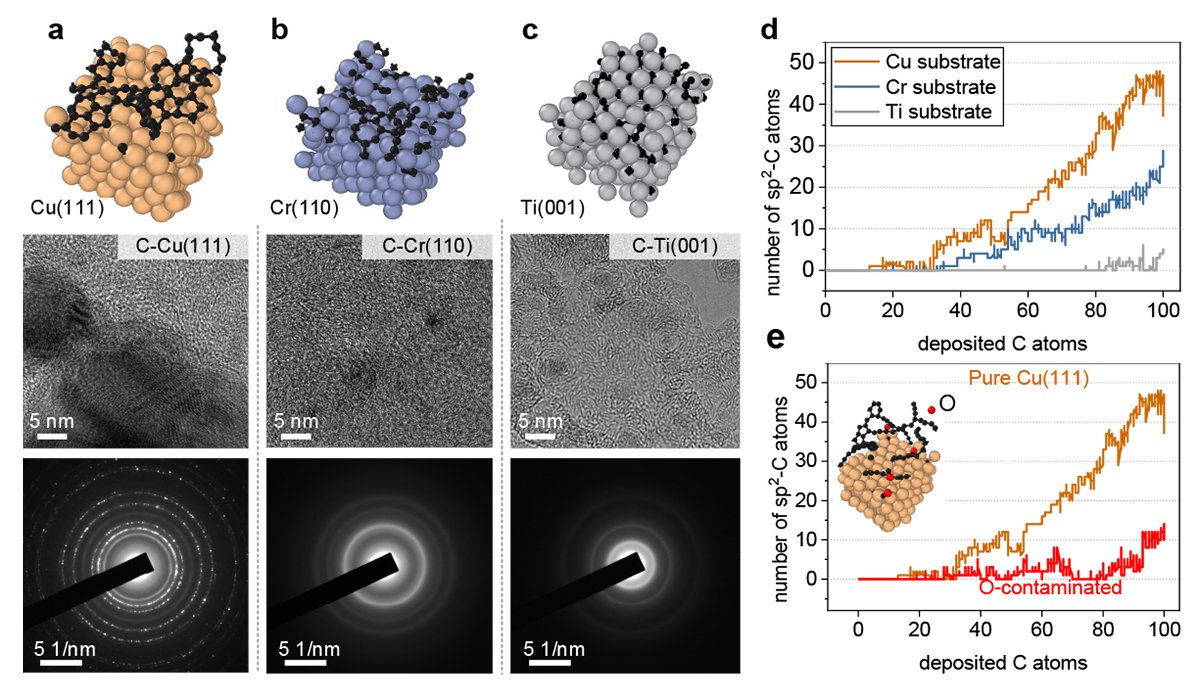
The Method was published in the Journal Nature Communications (Active Machine Learning Model for the Dynamic Simulation and Growth Mechanis of Carbon On Metal Surface ").
The Growth of Carbon Nanostructures On a Variety of Surfacles, included as Atomically Thin Films, Has Been Widely Studied, But Little is Known about the Dynamics and Atomic-Level Factors Governing the Quality of the Resulting Materials.
"Our workdresses A Crucial Challenge for Realizing the Potential of Carbon Nanostructures in Electronics or Energy Processing Devices," Says Hao Li of the Tohoku University Team.

The Wide Range of Possible Surfaces and the Sensitivity of the Process to Several Variable Make Direct Experimental Investigation Challenging. The Researchers Therefore Turned to Machine Learning Simulations as a more effective way to explore these system.
With Machine Learning, Various Theoretical Models can be combined with data from Chemistry Experiments to predict the Dynamics of Carbon Crystalline Growth and Determine How It Can Be Controlled to Achieve Specific Results. The Simulation Program Explores Strategies and Identifies which ONES Work and Which DON't, Without the Need for Humans to Guide Every Step of the Process.
The Researchers Tested this Approach by Investigating Simulations of the Growth of Graphene, a Form of Carbon, we have a surface. After Establishing The Basic Framework, they showed How their approaches COULD also be applied to other metallic surfaces, such as titanium, chromium and copper contaminated with oxygen.
 Discover
Discover
